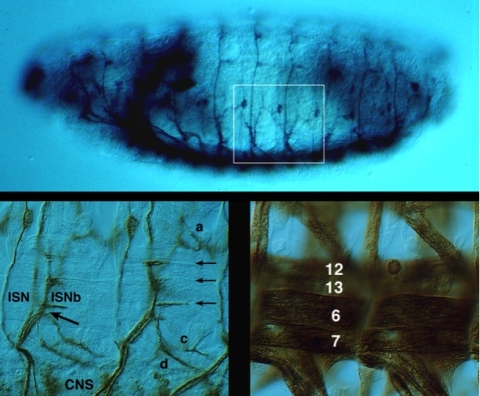Project 3: Neuronal Morphogenesis and the Microtubule Cytoskeleton
Our studies of the LAR receptor phosphatase led us to the discovery that the LAR pathway regulates synaptic growth and the morphogenesis of the active zone – a structure that orchestrates neurotransmitter release at chemical synapses. We have defined factors upstream and downstream of LAR in this context, and the machinery appears to be highly conserved. Upstream, LAR interacts with synaptic heparan sulfate proteoglycans that control distinct aspects of synapse morphogenesis or function. Downstream, LAR associates with the primary synaptic scaffolding molecule Liprin-alpha that is an early and essential component of active zones required in many animal species. Analysis of genetic and proteomic interactions with the LAR-associated non-receptor protein tyrosine kinase Abl led us to many effectors, including the microtubule (MT) plus end interacting protein (TIP) called CLASP. Through additional genetic and proteomic screens we used CLASP to identify other MT+TIPs, including Transforming Acidic Coiled-Coil (TACC) that we have shown to negatively regulate synapse growth. We are currently exploring the roles of TACC in both presynaptic and postsynaptic cells.

